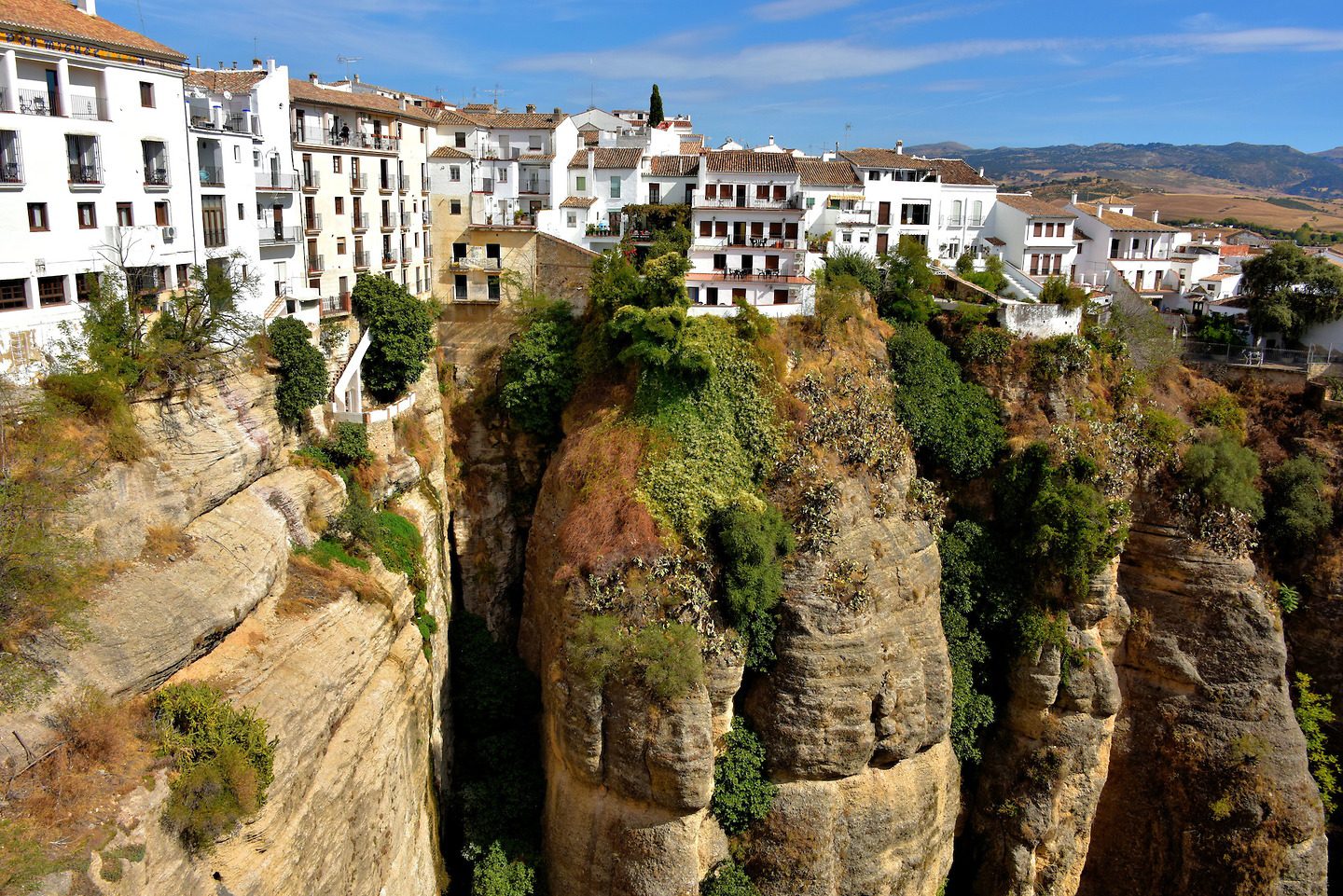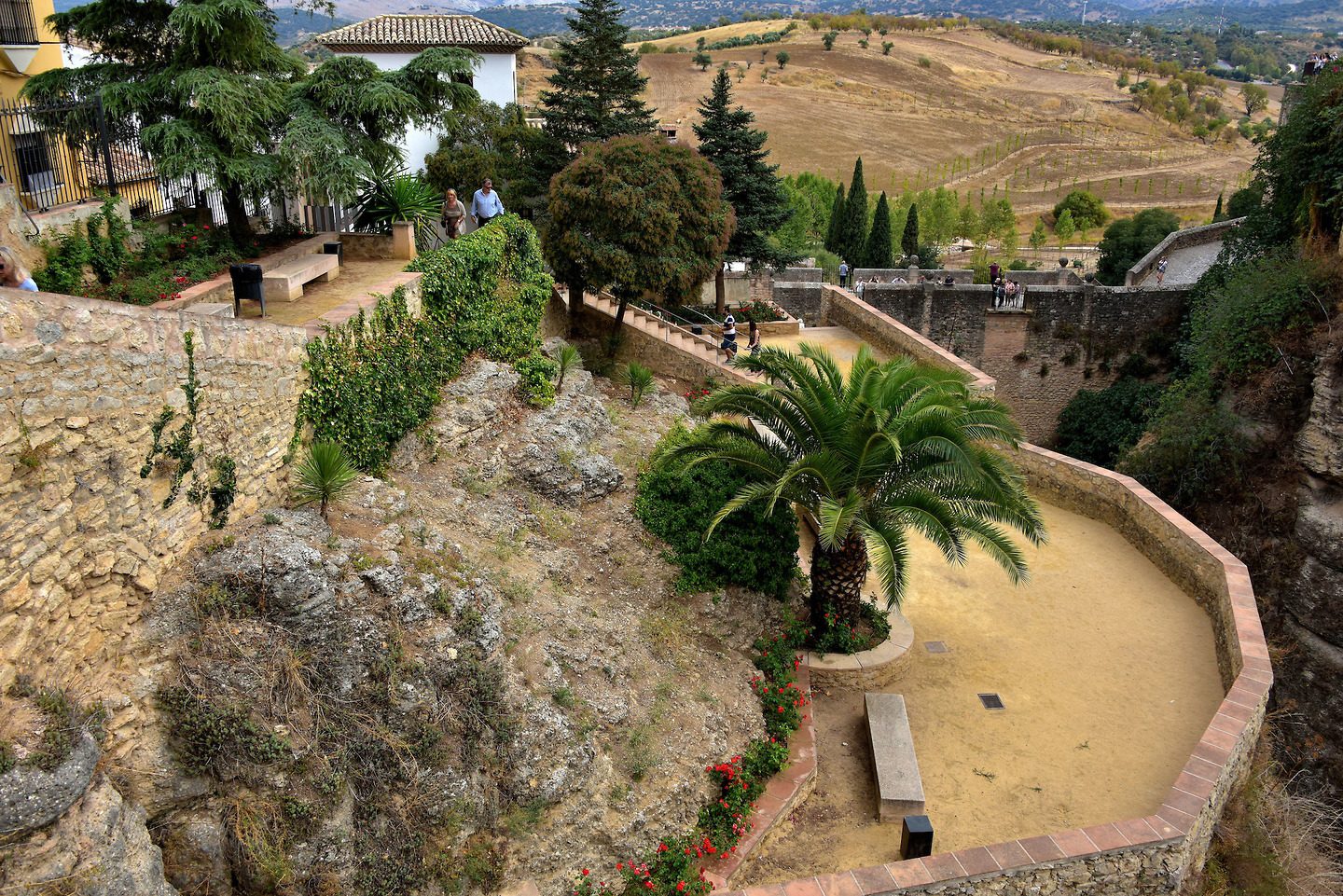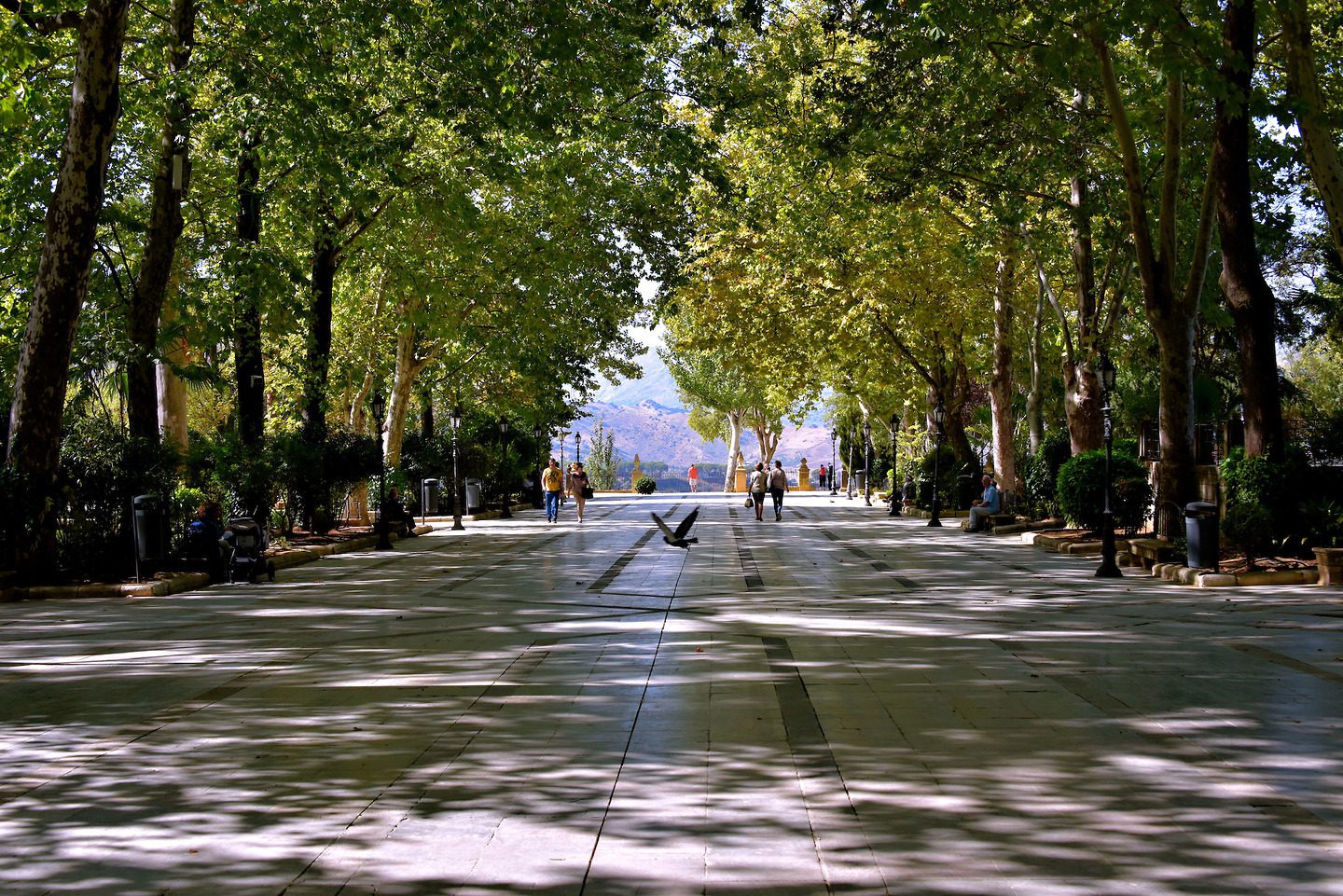Founded in the 9th century B.C., Ronda is a historical and visual gem of Andalusia. Its Old Town, encircled by Arab walls, reflects the Moorish occupation followed by a Christian conversion. The New Town mirrors a recent past immortalized by Earnest Hemingway. Between them is an enormous gorge with spectacular views of the valley below.

































